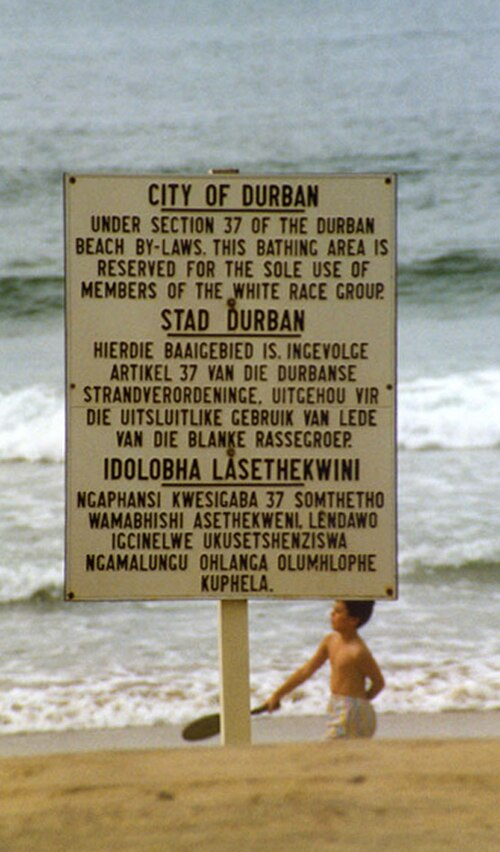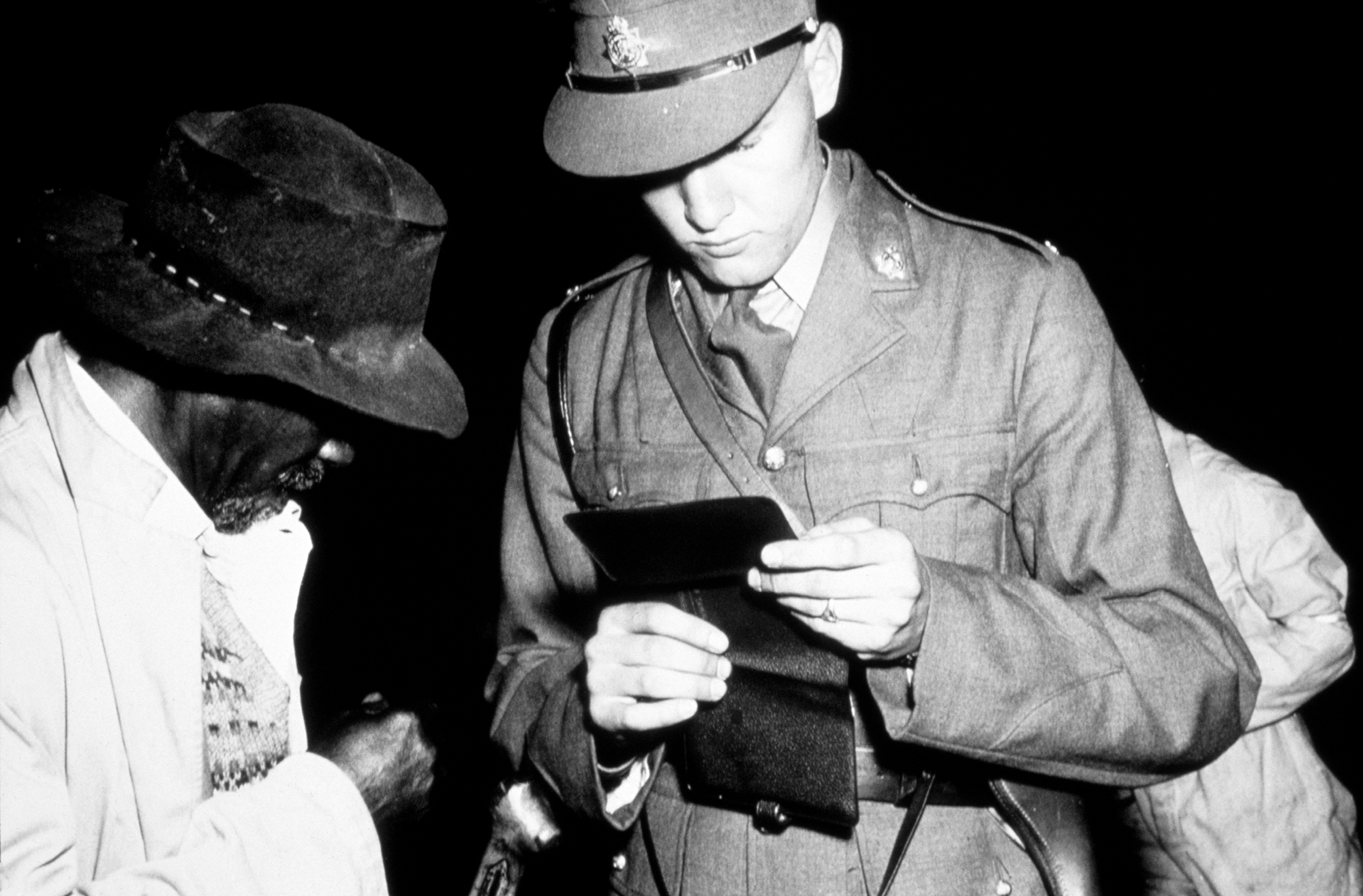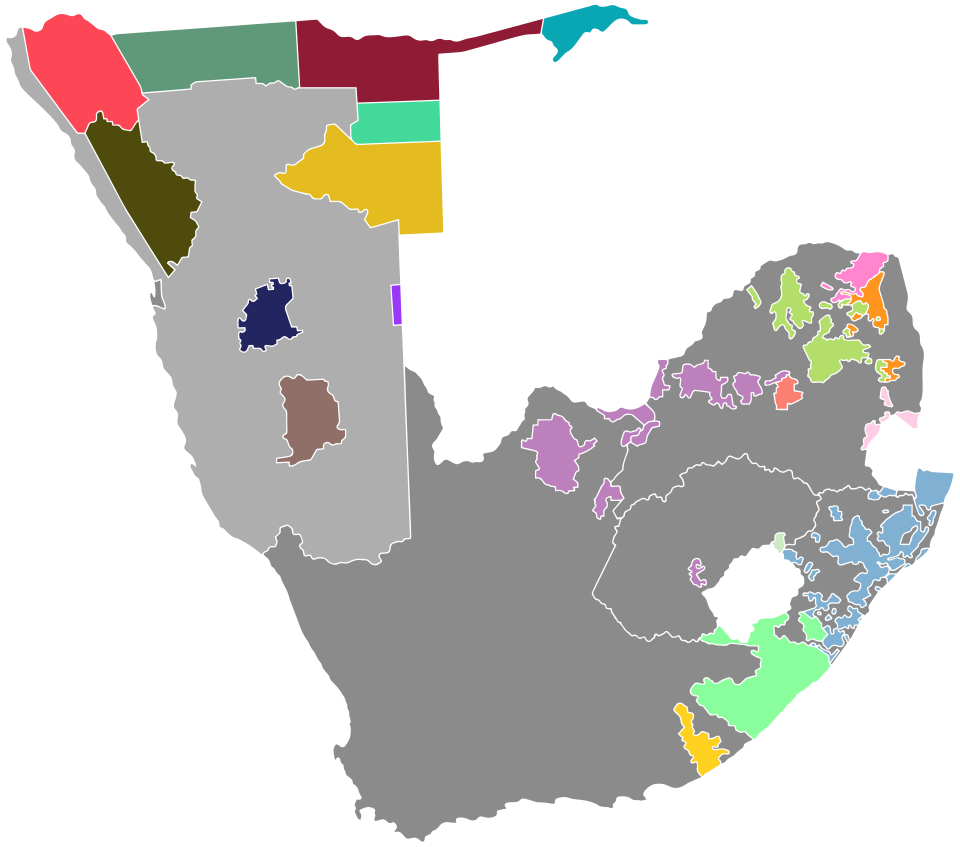IB Syllabus focus:
'Investigate the National Party's reasons for its election victory in 1948 and the nature and impact of apartheid policies developed by Malan and Verwoerd, including the Bantustan system.'
The 1948 victory of the National Party heralded the commencement of apartheid in South Africa, a period characterised by rigorous racial segregation and discrimination, predominantly against the non-white population. The policy decisions and implementations by leaders such as D.F. Malan and Hendrik Verwoerd shaped the course of South African history, leaving a legacy that would endure for decades.
National Party's Election Victory in 1948
Economic and Social Climate: In the aftermath of World War II, South Africa faced economic difficulties, with increasing urbanisation and industrialisation leading to a competitive job market that heightened racial tensions.
Afrikaner Identity: The NP stoked the fears and aspirations of the Afrikaners, who felt marginalised and were seeking to reclaim their political and economic power in the country.
Political Campaign: The NP's campaign was strategically focused on safeguarding white interests, particularly those of the Afrikaners, through the promise of apartheid—ensuring racial separation to protect white employment and cultural identity.
Appeal to White Voters: The NP's policies resonated with white voters, who were enticed by the idea of maintaining their dominant status in the societal hierarchy, especially in the face of growing urban black communities.
Nature of Apartheid Policies
Ideological Foundations: Apartheid was premised on the belief that races should develop separately to their own advantage, with a clear hierarchy that placed white South Africans at the top.
Legal Framework: The NP began constructing the legal framework for apartheid, enacting laws that codified racial discrimination and segregation at every level of society.

Beach sign in Durban (1989) declaring the area for “whites only,” in English, Afrikaans, and Zulu. Such signage illustrates the everyday enforcement of apartheid’s Separate Amenities and the normalization of racial hierarchy in public spaces. The photograph is widely reproduced and of high technical quality. Source
Enforcement and Expansion: Apartheid policies were rigorously enforced, with the state apparatus expanding to manage and maintain the system, including the establishment of bureaucracies like the Department of Native Affairs.

A South African police officer checks a man’s “dompas,” the internal passbook that regulated movement and employment for Black South Africans. Pass laws were a cornerstone of apartheid’s enforcement regime and a daily instrument of coercion. This image adds concrete context to the system’s bureaucratic reach. Source
Impact of Apartheid Policies
On Non-white Population: The majority of the population, who were non-white, experienced severe limitations on their civil liberties, economic opportunities, and social mobility.
Cultural Segregation: Beyond physical separation, apartheid sought to create distinct cultural identities, often stereotyping and solidifying perceived racial characteristics.
International Isolation: As the policies took a more rigid form, South Africa began to face international criticism and isolation, though it was not until the 1980s that comprehensive sanctions were widely applied.
Bantustan System
Origins and Objectives: The Bantustan system was a cornerstone of apartheid, aimed at legitimising racial segregation and the territorial separation of ethnic groups.
Geographical and Political Manipulation: The government designated certain areas as homelands for black South Africans, manipulating borders to ensure continued white dominance in economic centres.

Map showing the Bantustan (“homeland”) territories carved out for different Black ethnic groups, highlighting their fragmentation and distance from key economic centers. These allocations illustrate how apartheid’s territorial engineering underpinned political control and disenfranchisement. Source
Effect on Black South Africans: Those living in Bantustans were often stripped of their South African citizenship, leading to the disenfranchisement of a large portion of the population.
Economic Viability: The Bantustans were largely non-viable, with limited resources and infrastructure, which entrenched poverty and underdevelopment.
Policies under Malan
Strategic Implementation: D.F. Malan's tenure was marked by the initial implementation of key apartheid policies, setting the tone for subsequent legislation.
Racial Purity and Separation: Malan's rhetoric emphasised racial purity and separation as necessary for the survival of the white race, justifying the sweeping changes his government was implementing.
Foundation for Future Policies: The legislative framework laid down by Malan's government provided a robust foundation for future apartheid policies.
Policies under Verwoerd
Rigidity and Extensiveness: Under Verwoerd, apartheid policies became more rigid and extensive, permeating virtually every aspect of South African life.
Education and Social Control: Verwoerd, who was also a former Minister of Native Affairs, was instrumental in crafting policies that aimed at keeping the non-white population in a position of educational and economic inferiority.
Psycho-Social Impact: The policies were not just physically oppressive but were also designed to have a psycho-social impact, instilling a sense of inferiority among the non-white population and normalising the idea of white supremacy.
National and International Reaction: Verwoerd's policies galvanised national resistance movements and attracted intense international scrutiny and criticism.
Resistance and International Perception
Growing Activism: The repression fostered by apartheid policies led to increased activism and the consolidation of resistance movements, both within South Africa and among the international community.
Diplomatic and Economic Pressure: International bodies, including the United Nations, began to apply diplomatic and economic pressure on the South African government, calling for the dismantling of apartheid.
Cultural and Sporting Boycotts: Cultural and sporting boycotts were implemented by many countries, adding to the international pressure against the apartheid regime.
The apartheid era, instituted by the National Party in 1948, was a period of systemic racial discrimination and segregation that profoundly impacted South African society. The NP's electoral success was largely due to its exploitation of economic uncertainties and racial fears among the white population, particularly the Afrikaners. The policies developed under leaders like Malan and Verwoerd were anchored in a belief in white supremacy and a drive to maintain white economic and political dominance at the expense of the non-white majority. The creation of the Bantustan system was a key aspect of this policy, leading to the forced relocation of millions of South Africans and the entrenchment of socio-economic disparities. Resistance to apartheid grew both within South Africa and internationally, ultimately contributing to the system's eventual dismantling. These policies and their ramifications remain a central focus of South African historical studies, illustrating the profound and lasting effects of systemic racism and institutionalised segregation.
FAQ
Apartheid policies had devastating impacts on family life and social structures among non-white South Africans. Forced removals and the creation of Bantustans split families, as members were often required to live and work in separate areas due to job availability and the assignment of different racial classifications. The pass laws limited movement, preventing families from living together if their passes did not align. Education policies meant children received different qualities of schooling based on their race, and the overarching system instilled a sense of inferiority and helplessness in the non-white population. Traditional community and family support systems were undermined, contributing to long-lasting social and psychological trauma.
The South African police played a central role in enforcing apartheid laws and maintaining the regime's power. They were tasked with implementing the pass laws, which controlled the movement of non-white South Africans, and brutally suppressing any opposition to apartheid. The police were responsible for numerous human rights abuses, including arbitrary arrests, detentions without trial, torture, and extrajudicial killings. They operated with impunity and were often seen as symbols of the oppressive state, particularly in black townships where their presence was a constant reminder of the regime's authority and the populace's lack of freedom.
Apartheid policies drastically skewed the economic structure of South Africa, entrenching inequality and creating a labour market rigidly stratified along racial lines. Job reservation policies prioritised white employment and maintained higher wages for whites, while blacks were relegated to low-skilled, poorly-paid jobs, reinforcing the economic superiority of whites. The Bantustans further entrenched these inequalities, as they were economically unsustainable and reliant on the South African government, ensuring that black South Africans remained a cheap labour source for white-owned industries. These policies ensured the concentration of wealth and economic power in the hands of the white minority, while systematically excluding the majority from meaningful economic participation or advancement.
Several legislative acts were key to establishing apartheid, beginning with the Prohibition of Mixed Marriages Act (1949) which banned marriages between whites and individuals of other races. The Immorality Act (1950) prohibited sexual relations between whites and non-whites. The Population Registration Act (1950) required South Africans to be racially classified and registered. The Group Areas Act (1950) enforced physical separation by creating different residential areas for different races. The Bantu Education Act (1953) segregated education, ensuring that non-whites received a different and inferior education. These laws formalised the segregation and established the foundation for the comprehensive system of apartheid that dominated South African society.
The National Party's propaganda was a critical factor in its victory, playing on the fears and racial prejudices of the white electorate. It used the media to spread its ideology of apartheid, presenting it as a moral and necessary policy to ensure the survival of the white race in South Africa. The propaganda painted a dire picture of 'swart gevaar' (black danger) and 'rooi gevaar' (communist threat), suggesting that without apartheid, the white population would be overrun economically and culturally. This messaging was powerful in a society already deeply segregated and sensitive to racial issues, thereby securing widespread support among white voters, particularly Afrikaners, who felt their identity and economic security were at risk.
Practice Questions
The National Party capitalised on the prevailing socio-economic insecurities among the Afrikaner population post-World War II. The economic strain and competition for jobs intensified racial tensions, with Afrikaners feeling particularly marginalised. The NP promised the protection of white, especially Afrikaner, labour and cultural interests through apartheid, appealing to a widespread desire among whites to maintain economic dominance and a segregated society. The policy of apartheid assuaged white fears of economic competition from the black majority, securing the NP’s electoral victory based on pledges to reinforce white supremacy in all aspects of social and economic life.
The Bantustan system, a central element of apartheid, sought to segregate South Africa geographically and racially, profoundly affecting its society. It led to the forced relocation of millions of non-white South Africans, stripping them of citizenship and segregating them into impoverished, underdeveloped homelands. This fragmentation reinforced socio-economic disparities, as Bantustans were often allocated the least arable land and lacked investment, perpetuating poverty and economic dependence among the black population. Socially, the system disrupted family units and traditional social structures, deepening the disenfranchisement and psychological trauma of apartheid's racial hierarchy, and entrenching systemic inequalities that persist post-apartheid.

